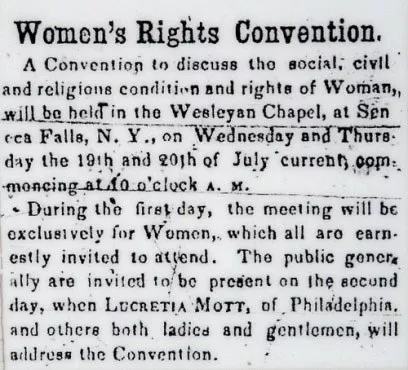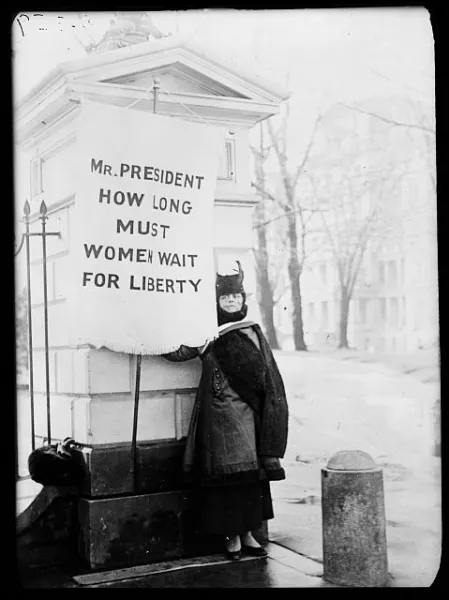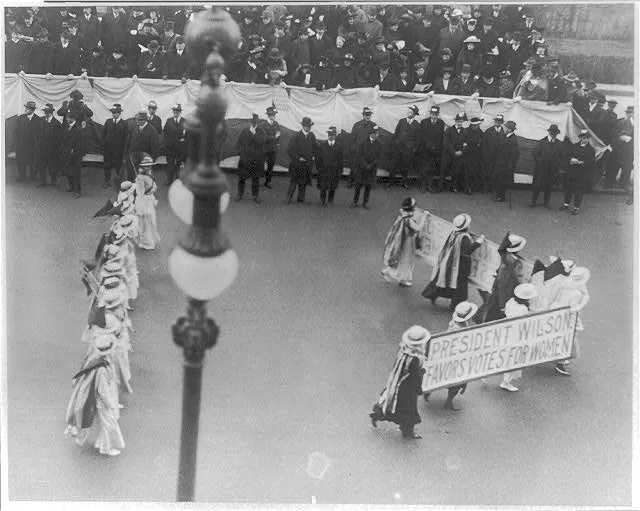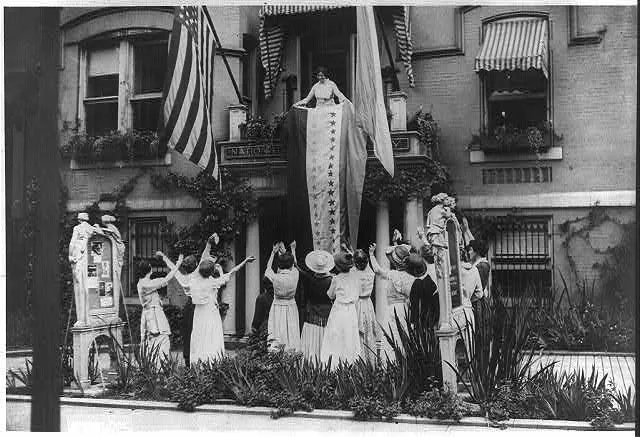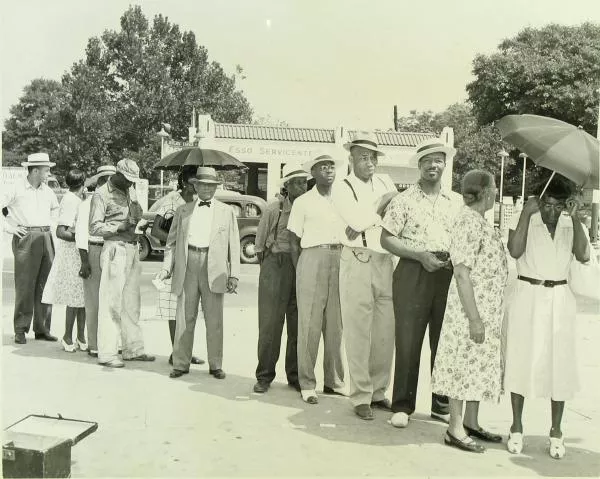19th Amendment Virtual Exhibit
100 Years Later:
Assessing the Promise of the 19th Amendment
Explore the history - local and national - that led to the ratification of the 19th Amendment in this online version of an exhibit that will be available to view in person when Historic Columbia reopens.
Photo Courtesy of Nela Edgar
The exhibit 100 Years Later: Assessing the Promise of the 19th Amendment was originally designed for physical installation in The Museum of the Reconstruction Era at the Woodrow Wilson Family Home. The emphasis on President Woodrow Wilson, his family, and their involvement in the fight for suffrage is due to its ratification during his second term.
Because of the COVID-19 pandemic, we are offering virtual access to the exhibit. When we physically reopen, we hope that you will visit the site and view the exhibit in person.
Ratification of the 19th Amendment in 1920 was considered a victory for women’s voting; however, the ability to exercise that right historically has depended on race. Many of the African American suffragettes who fought for the cause were later denied equal protection under the law that was promised in the 14th and 15th Amendments.
“Getting the right to vote was the beginning, not the end,” Lynn Teague, the League of Women’s Voters
For black, indigenous, and people of color, decades of physical intimidation, poll taxes, and literacy tests necessitated further legislation including the ratification of the 24th Amendment outlawing poll taxes and passage of the 1965 Voting Rights Act.
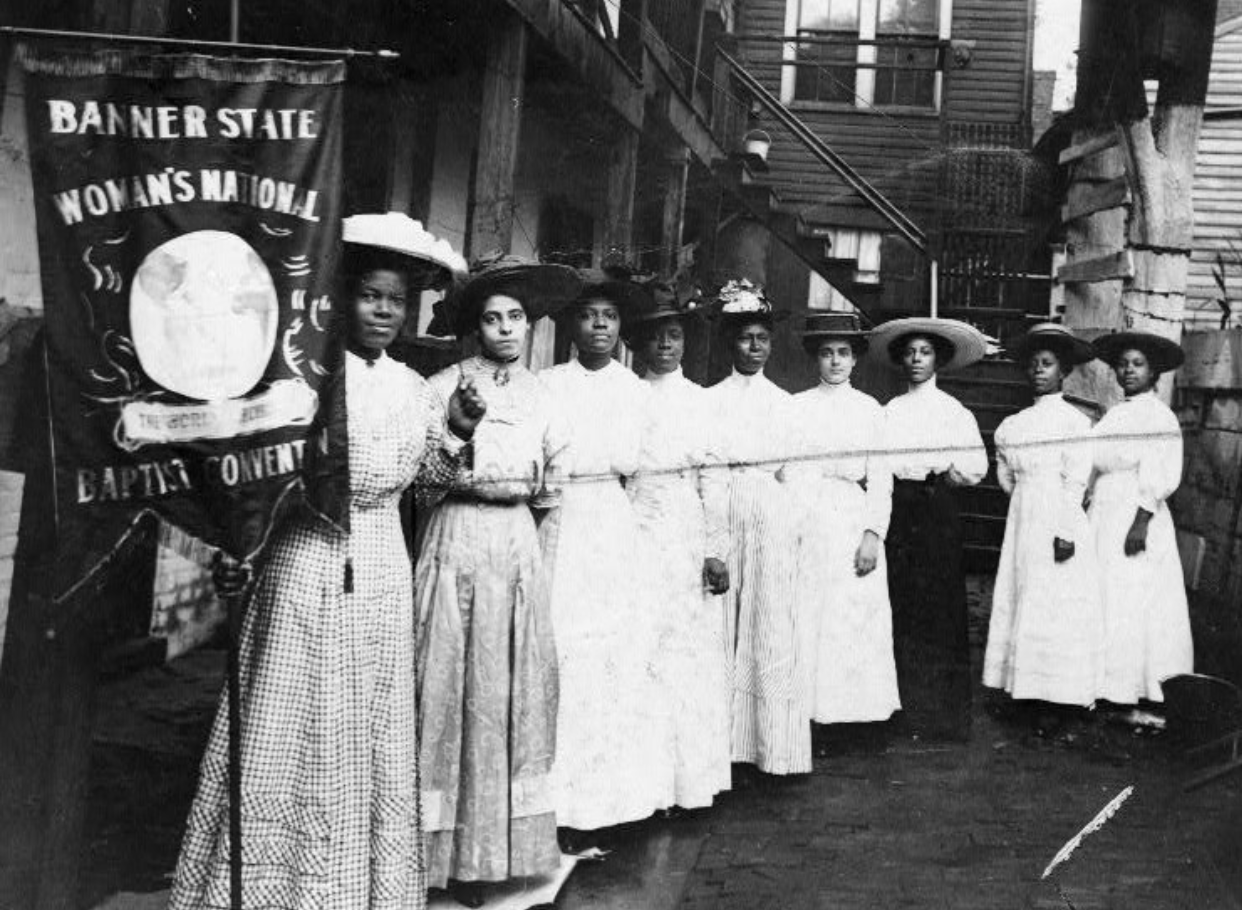
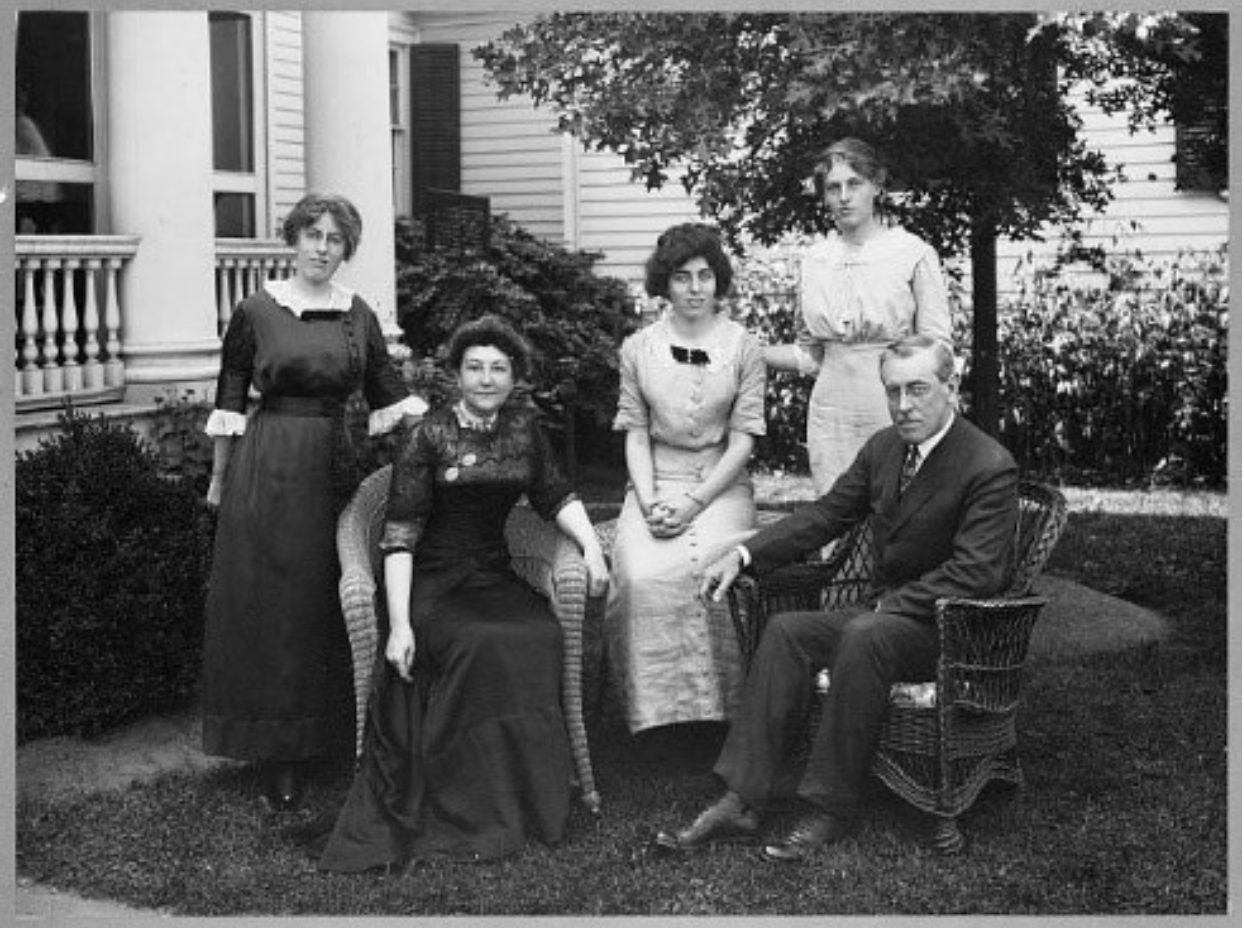
Dress, white cotton, ca. 1900-1920
The Suffragettes chose white as one of their colors to symbolize purity and virtue. White dresses proved a readily available garment that enabled uniform participation in protests and parades.
Historic Columbia collection, HCF X2005.5.1
Wedding Invitation, 1913
The November 1913 wedding of Jessie Woodrow Wilson (1887-1933) and Francis Bowes Sayre, Sr. (1885-1972) was the thirteenth held in the White House. Like older sister, Margaret, and younger sister, Eleanor, Jessie was active in the women’s rights movement including membership in the League of Women Voters.
Historic Columbia collection, HCF 1977.01.1A-C
Phonograph record, 1915
Margaret Woodrow Wilson (1886-1944) recorded a version of the Star-Spangled Banner as a fundraiser for the American Red Cross. She served in the role of Social Hostess during her father’s presidency after her mother died in 1914. Listen to the recording on YouTube.
Historic Columbia collection HCF X2020.1.1
Political leaflet, 1917
Initially against ratification of the 19th Amendment, Woodrow Wilson changed his mind and endorsed it during his second term. In a 1918 address to Congress, Wilson remarked, “We have made partners of the women in this war . . . . Shall we admit them only to a partnership of suffering and sacrifice and toil and not to a partnership of privilege and right?”
Courtesy McKissick Museum, University of South Carolina
“How Long Must We Wait?”
A Timeline of the Women's Suffrage Movement
From the first women’s rights convention in 1848 to the ratification of the 19th amendment in 1920, women of all races and economic classes participated in the suffrage movement. Its leaders included women who used their abolitionist activism to establish their position on women’s rights. Others drew inspiration from the suffrage movement in England which used physical protest to gain attention.
-
1848
The first women’s rights convention is held in Seneca Falls, New York. Notable attendees include Elizabeth Cady Stanton, Lucretia Mott, and Frederick Douglass. (see above, Photo 1)
-
-
-
1868
The 14th Amendment is ratified granting citizenship to all persons born or naturalized in the United States. The second clause is the first mention of gender in the Constitution, stating that all male citizens over twenty-one years of age should be able to vote.
-
-
-
1870
The 15th Amendment is ratified giving African American men the right to vote, declaring that “…no person shall be denied the right to vote on account of race, color, or previous condition of servitude.”
-
-
-
1871
The Rollin sisters, active suffragists, host the initial meeting for the planning and establishment of the South Carolina Woman Suffrage Association. As pioneers in the fight for women’s equality, they figuratively embody the era of Reconstruction as one that created a new social and political order in South Carolina.
-
-
-
1890
Two white organizations, the National Woman Suffrage Association and the American Woman Suffrage Association, merge to form the National American Woman Suffrage Association (NAWSA). To garner southern support, African American women are barred from membership.
-
-
-
1896
Partly due to the rising racism of the NAWSA, the National Association of Colored Women created after the merger of the Colored Women’s League (founded Washington, D.C. in 1892) and the National Federation of Afro-American Women (founded Boston, Massachusetts in 1895).
-
-
-
1914
Ida Salley Reamer and 80 other women form the Equal Suffrage League of Columbia, advocating for women’s suffrage, equal pay, abolition of child labor, raising the age of consent, and a “…single standard of morals for men and women.”
-
-
-
1917
Led by Alice Paul, the “Silent Sentinels” picket outside of the White House with signs calling for President Wilson to support the movement. Not long after, Jessie Woodrow Wilson Sayre joined the League of Women Voters.
Suffragist prisoners are beaten and abused in the “Night of Terror” at the Occoquan Workhouse in Virginia. (see above, Photo 2)
-
-
-
1918
In the middle of President Wilson’s second term, he publicly declares his support for women’s suffrage. (see above, Photo 3)
-
-
-
1920
The 19th Amendment is ratified stating that “…the right to vote shall not be denied on account of sex.” To achieve this goal, two-thirds or 36 states had to ratify the amendment with Tennessee as the 36th state. South Carolina votes to reject the Amendment.
The Equal Suffrage League of Columbia merges with the League of Women Voters. Two months later, Ida Salley Reamer is elected president at the official formation of the League of Women Voters of Columbia and Richland County. (see above, Photo 4)
-
-
-
1924
The Indian Citizen Act is passed granting Native Americans citizenship, allowing them to vote. However, it was not until 1948 that it became illegal for states to create policies that prohibit Native Americans from voting.
-
-
-
1939
Modjeska Monteith Simkins, a human rights activist, is one of the founding members of the South Carolina NAACP. Simkins is regarded today as a pioneering advocate for healthcare, women’s rights, and the environment.
-
-
-
1943
Through the Magnuson Act, Chinese immigrants are granted naturalization through which they gain the right to vote.
-
-
-
1948
At age 39, longtime NAACP member Donella Brown Wilson and hundreds of black citizens cast ballots in South Carolina’s Democratic Primary for the first time in history. They join an estimated 30,000 voters, newly enfranchised by the recent court rulings Elmore v. Rice and Brown v. Baskin. (see above, Photo 5)
-
-
-
1952
Through the McCarren-Walter Act, Japanese immigrants are granted naturalization through which they gain the right to vote.
-
-
-
1964
The 24th amendment is ratified abolishing poll taxes and literacy tests which historically were used to disenfranchise African Americans and those of low socio-economic status.
-
-
-
1965
The Voting Rights Act is enacted prohibiting racial discrimination in voting which greatly increases voting among African American men and women.
-
-
-
1969
South Carolina ratifies the 19th Amendment on July 1st making it the 46th state to do so.
-
-
-
1973
While researching legislation at the South Carolina State House, League of Women Voters member Keller Bumgardner Barron discovers that four years earlier the state failed to confirm ratification with the Secretary of State, the Speaker of the House, and the President of the Senate as required in Article 5 of the United States Constitution. With the help of Senator Fritz Hollings, the “inadvertence” was corrected.
During this Presidential election year, we encourage all Americans to reflect on the women and men who fought for universal suffrage. With their sacrifices in mind, exercise your right. Vote.
Research Roundtable: Women's History
The road to suffrage did not begin or end with the Nineteenth Amendment. Watch this Research Roundtable to learn of more than a century of women's activism.






